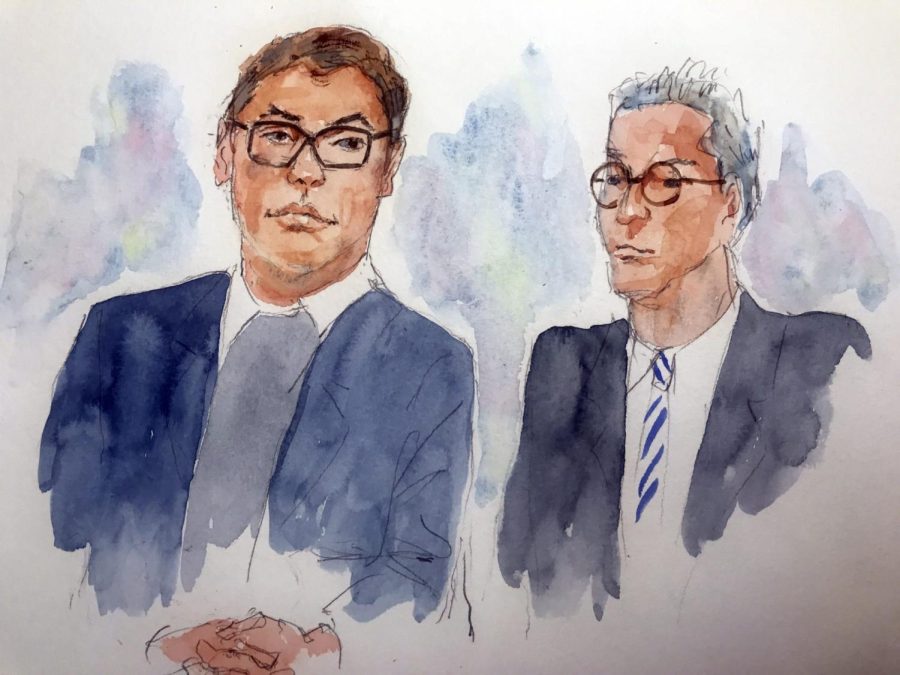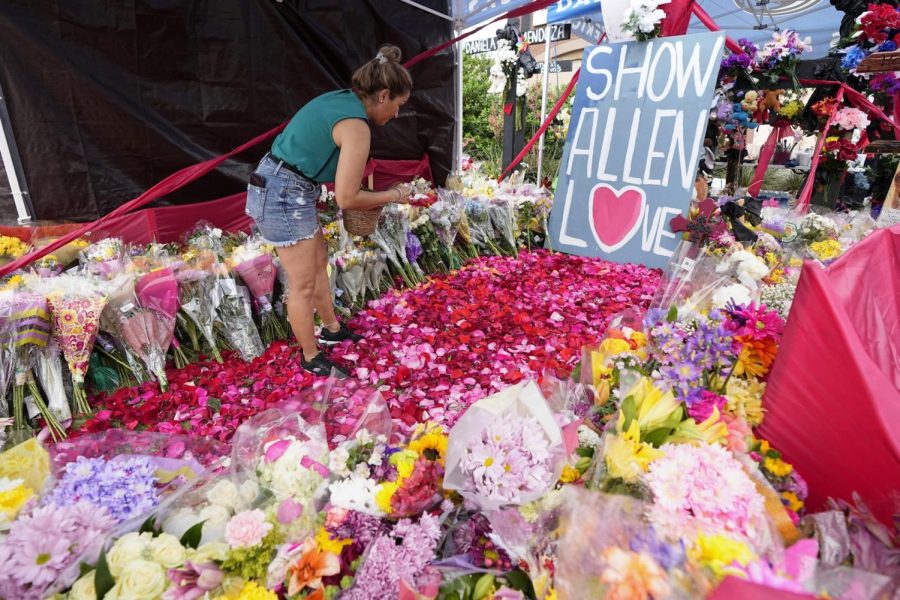
Additional earthquake strikes Nepal
Nepal has been overwhelmed by its second powerful earthquake in less than three weeks, its prime minister said Thursday as he visited this normally placid foothills town, now filling up with frightened villagers desperate for government help.
Thousands of people coming from surrounding areas to seek help crowd the streets of Charikot, the administrative center of the isolated district hit hardest by Tuesday’s magnitude-7.3 quake, which killed at least 110 people and injured more than 2,300. The magnitude-7.8 earthquake that hit April 25 killed more than 8,150 people, injured tens of thousands more and left hundreds of thousands homeless.
“After the first quake, we were not prepared for a second one so big,” Prime Minister Sushil Koirala told reporters after arriving in Charikot by helicopter.
With hundreds of thousands of people left homeless, he said the coming monsoon rains loomed large.
Nearly everyone is too afraid to sleep indoors and aftershocks are keeping people on edge in this town. Food has been handed out occasionally here, but nowhere near enough for the people who keep arriving. Many simply waited at the locked gates of the army’s small aid distribution center, shaking the fence angrily when their frustration got the better of them.
Ganga Karki Jungu, a social worker in Charikot, said the people were angry as “they have no roof, no food.”
Jungu was among a group of social workers and political activists who met Prime Minister Koirala to press for urgent help.
“The government has to build some permanent structures to provide housing on a large scale before the monsoon rains begin, ” he told the prime minister.
Tuesday’s quake was less powerful than the one in April and shook a smaller, less populated area. It was centered between Kathmandu and Mount Everest. It hit hardest in deeply rural parts of the Himalayan foothills, hammering many villages reached only by hiking trails and causing road-blocking landslides.
Amtrak train derails at high speed
The deadly Amtrak wreck has made it clear that despite the train industry’s widespread use of electronic signals, sensors and warning systems, safety still sometimes comes down to the knowledge and experience of the engineer at the controls.
That’s true for the curve where the New York-bound train derailed, killing eight and injuring more than 200 in the deadliest U.S. train accident in nearly six years.
Instead of high-tech signals or automatic controls, engineers on that stretch of track have to rely on their familiarity with the route and a printed timetable they carry with them, not unlike engineers a century ago.
“We’re depending heavily on the human engineer to correctly obey and interpret the signals that he sees and also speed limits and other operating requirements,” said David B. Clarke, a railroad expert at the University of Tennessee.
In the minute before the derailment, the train accelerated from 70 mph to more than 100 mph, even though the curve where it came off the tracks has a maximum speed of 50 mph.
Experts say the engine would have been slowed down automatically if it had hit the maximum speed allowed on the line, but older cab-signal and train-control systems do not respond to localized speed restrictions.
Preliminary checks have not found any pre-existing problems with the train, the rail line or the signals.
The wreck has raised questions about positive train control, a system that automatically brakes trains going too fast. It is installed on the tracks where the train derailed, but it had not been turned on because further testing was needed, Amtrak President Joseph Boardman said.
The system is already operating in other parts of the Northeast Corridor, the busy stretch of tracks between Boston and Washington — including for southbound trains in the same area.
The last wrecked railcars from the deadly accident were removed Friday as Amtrak prepares to resume service on the line next week.







